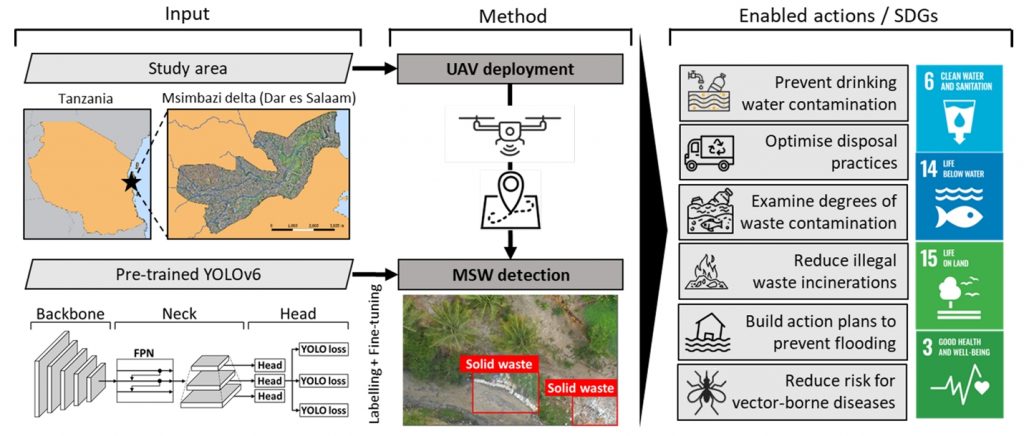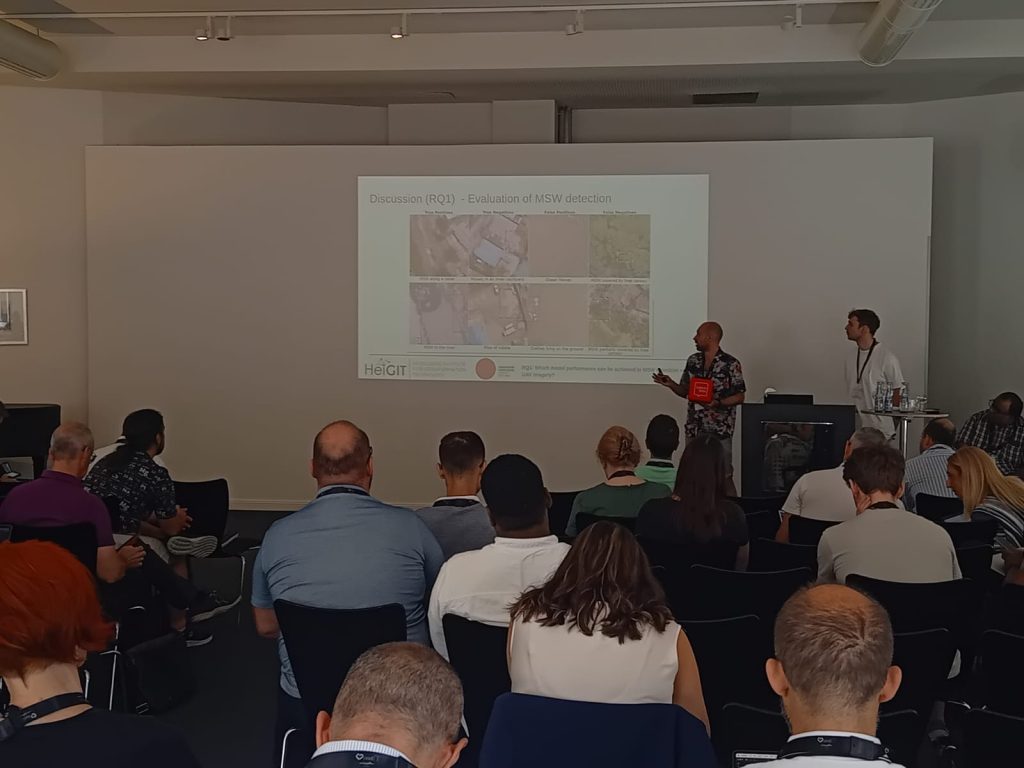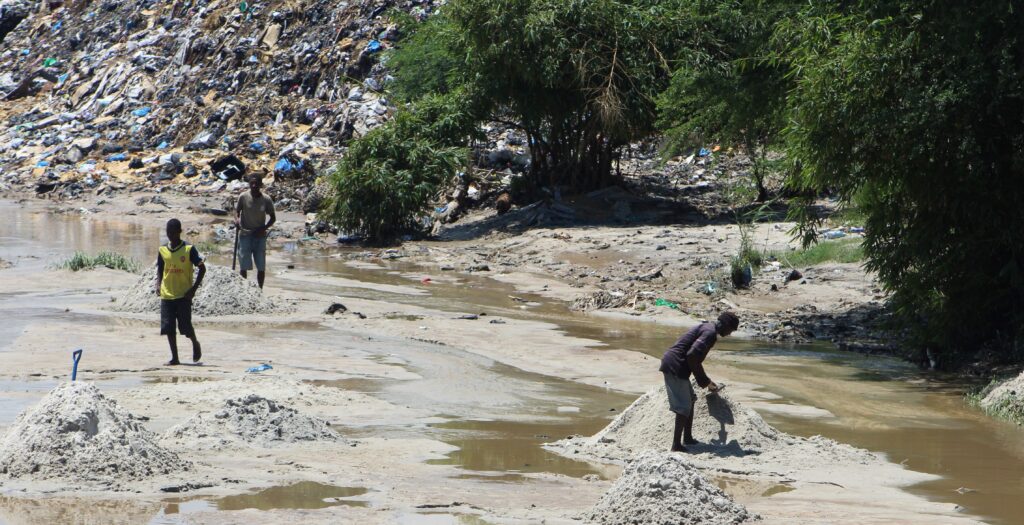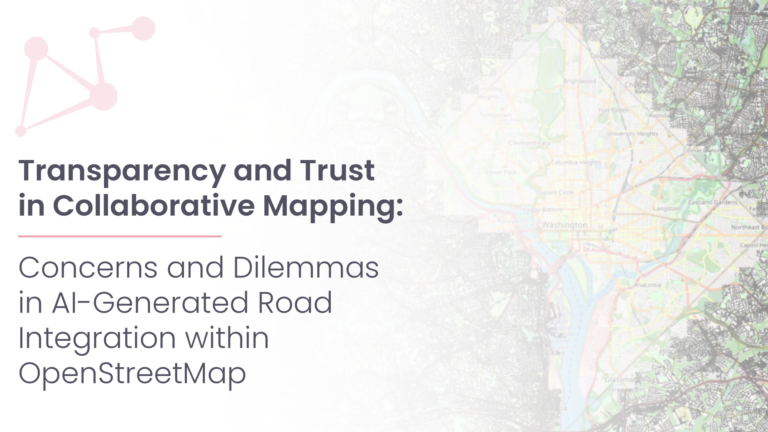Solid waste pollution is the cause of many environmental and health risks, especially in areas where waste is generated in large quantities but cannot be properly disposed of. Knowledge of the size and location of dump sites is required to keep waste management efficient and low-cost. When the extent of these dump sites needs to be evaluated, illegal dumping and an insufficient infrastructure are often complicating factors. In such cases it is crucial to have effective waste detection methods available. Researchers from HeiGIT, in collaboration with OpenMap Development Tanzania, have tested a novel method for detecting municipal solid waste by utilizing a model trained on UAV imagery.
The researchers state that “Africa is recognized as a prominent global hotspot for waste mismanagement“ as “[t]he population growth and urbanization trend […] has exacerbated municipal solid waste (MSW) generation”. Trials of the novel model took place in the delta of the Msimbazi River in Dar es Salaam, Tanzania, as “[in 2012,] only around 37% of MSW [in this area] was collected and correctly disposed of, while the rest was illegally dumped, especially in the vicinity of the river”, where the accumulating waste increases the flooding risk and pollutes the water with heavy metals.

Earlier tests with models trained on satellite imagery have proven to be comparably ineffective, due to the images’ low resolution. The UAV images were gathered over a span of two weeks at an altitude of 150m, covering an area of 19.2 km². With these images, the research team evaluated the overall performance of the model and the extent to which riverbanks are more polluted than non-river areas. The study yielded positive results with the model achieving an overall score of 0.956 in detecting MSW piles (F1 score 0 = no successful detection; F1 score 1 = perfect detection). With this model, the research team also confirmed that the waste load of the Msimbazi riverbed is three times higher compared to its surrounding areas.
The resulting paper was presented at the ACM 4th International Conference on Information Technology for Social Good (ACM GoodIT 2024) last week, which was organized by the University of Bremen. Social good – typically defined as an action that provides some sort of benefit to the general public – is about global citizens uniting to unlock the potential of individuals, technology, and collaboration to create positive societal impact. As the positive results from this study show, a fine-tuned MSW detection model for UAV imagery has the potential to achieve this kind of impact.

Reference: https://dl.acm.org/doi/10.1145/3677525.3678649
*Title image: Municipal solid waste pollution in the Msimbazi river bed in Dar es Salaam, Tanzania. © https://commons.wikimedia.org/wiki/File:DEGRADATION_FOR_DEVELOPMENT.jpg





